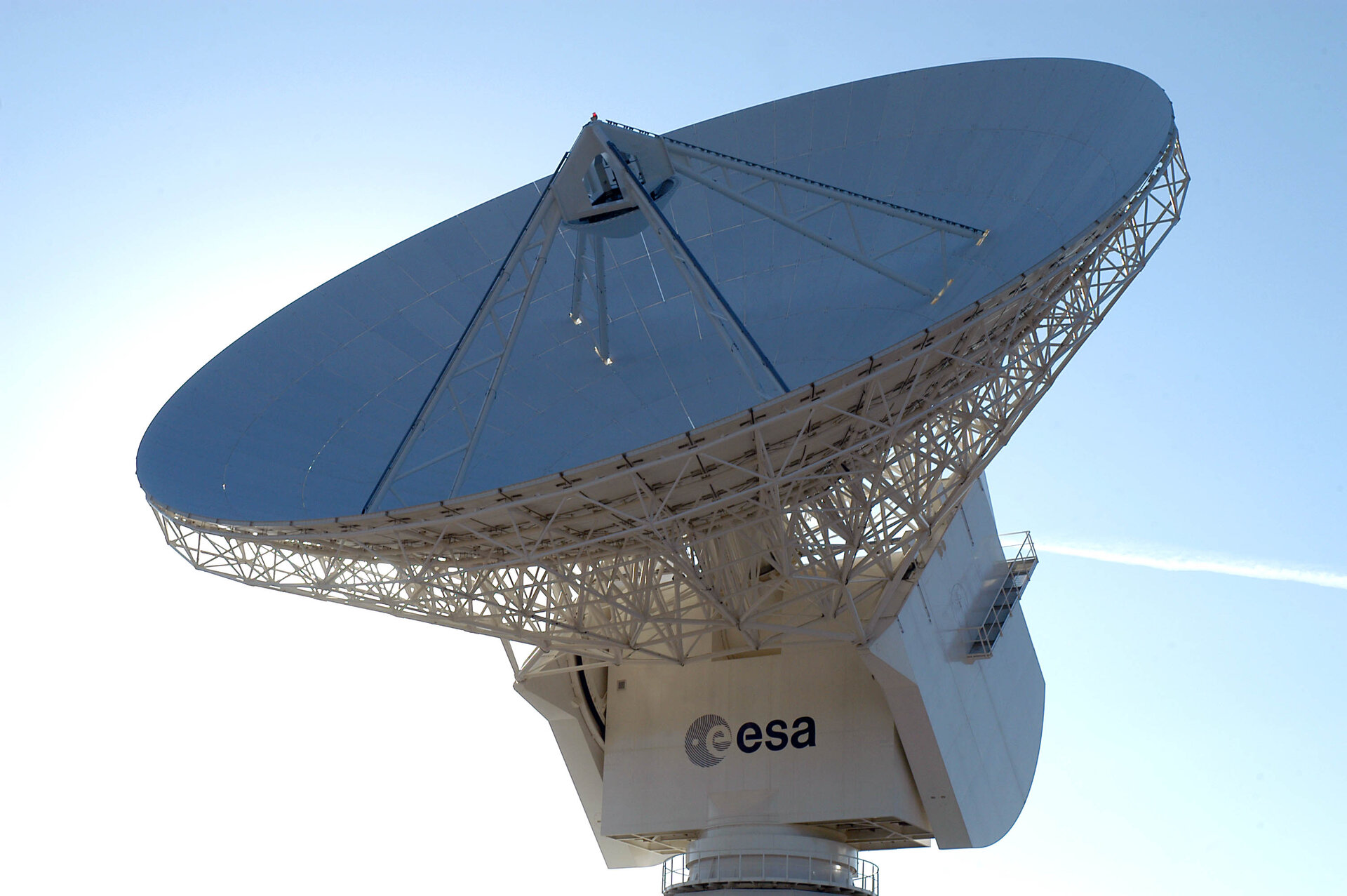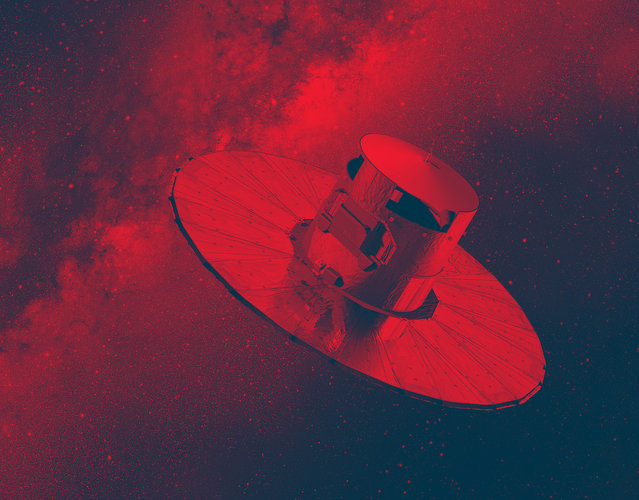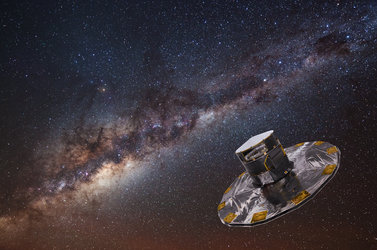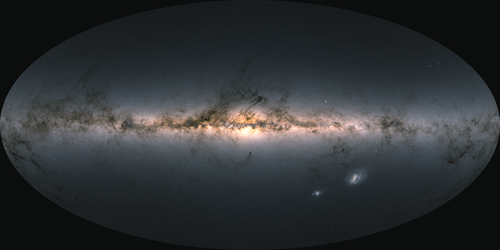Who operates Gaia?
During launch, Gaia was operated from the European Space Operations Centre (ESOC, Darmstadt, Germany), using the ground stations at Perth (Australia) and Kourou (French Guiana).
Now Gaia is in orbit, and during normal operations, ESA’s most powerful ground stations – the 35 m-diameter Deep Space Antennas at Cebreros (Spain) and New Norcia (Australia) – are used to relay information to and from the spacecraft via ESOC.
Science operations are conducted from the European Space Astronomy Centre (ESAC, Villafranca, Spain).
Gaia communicates with Earth for an average of about 8 hours each day. During this time, it transmits its science data and ‘housekeeping’ telemetry signal. Although the spacecraft is 1.5 million kilometres away, it is able to maintain its transmission at an extremely high data rate (~ up to 7.5 Mbit/s).
The Gaia Data Processing and Analysis Consortium (DPAC), which consists of more than 400 individuals, processes the data. Over the course of its mission, Gaia’s data archive will exceed 1 Petabyte (1 million Gigabytes), equivalent to about 200 000 DVDs worth of data.















 Germany
Germany
 Austria
Austria
 Belgium
Belgium
 Denmark
Denmark
 Spain
Spain
 Estonia
Estonia
 Finland
Finland
 France
France
 Greece
Greece
 Hungary
Hungary
 Ireland
Ireland
 Italy
Italy
 Luxembourg
Luxembourg
 Norway
Norway
 The Netherlands
The Netherlands
 Poland
Poland
 Portugal
Portugal
 Czechia
Czechia
 Romania
Romania
 United Kingdom
United Kingdom
 Slovenia
Slovenia
 Sweden
Sweden
 Switzerland
Switzerland





























